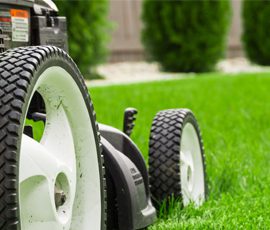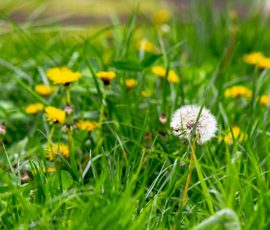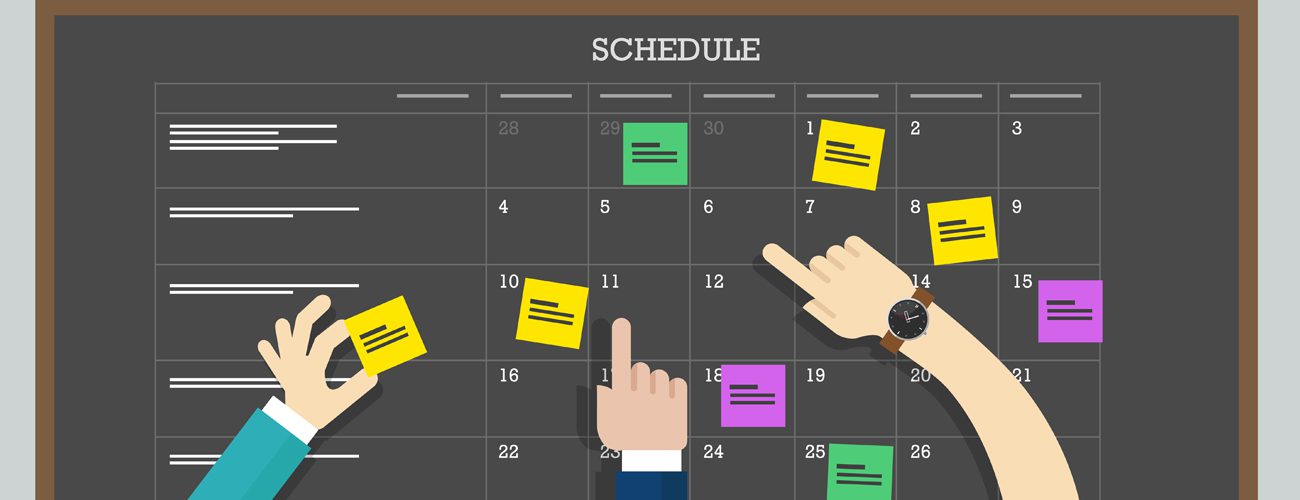
Lawn care is a necessary part of owning a home. Not only does it make your property look nicer, but it also helps to keep your landscaping healthy and protect your investment. However, many homeowners don’t know how to properly care for their lawns, leading to problems down the road. If you want to learn how to properly take care of your lawn, read on! In this article, we will discuss the basics of lawn care and provide you with a schedule that you can follow to ensure your lawn stays healthy all year long.
Spring (March, April, May)
Having a proper lawn care schedule in the spring is arguably the most important aspect of having a beautiful lawn all summer. Once the snow melts and the sun starts to shine, your grass will start to grow rapidly. If you don’t take care of it during this time, you’ll be left with a lawn that looks more like a meadow than a manicured lawn.
Clean-Up:
The first step in your spring lawn care schedule should be to clean up your yard. This means removing any debris that has accumulated over the winter, such as sticks, leaves, and dead grass.
Dethatch:
Once your yard is clean, you’ll want to dethatch it. Dethatching is the process of removing the thatch, which is the layer of dead grass and other organic matter that can build up on your lawn over time. If you don’t remove this layer, it will prevent water, air, and nutrients from reaching the roots of your grass, ultimately leading to an unhealthy lawn. You can rent a dethatching machine from your local hardware store or hire a professional to do it for you.
Aerate:
After your lawn is clean and dethatched, the next step is to aerate it. Aeration is essentially just making small holes in the soil to allow air, water, and nutrients to reach the roots of your grass. This is a crucial step in having a healthy lawn, as compacted soil can cause your grass to suffocate. Most homeowners don’t own their own aerators, however, they can usually be rented from local businesses.
Fertilize:
After you’ve aerated your lawn, it’s time to fertilize it. Fertilizer helps to add nutrients to the soil that your grass needs to grow. However, you should be careful not to over-fertilize, as this can actually damage your lawn. Make sure to read the instructions carefully as improper application will have a reverse effect.
Apply Spring Pre-emergent:
Once your lawn is fertilized, you’ll want to apply a pre-emergent herbicide. This will help to prevent weeds from germinating on your lawn. Be sure to follow the directions on the package and only apply the herbicide when the temperatures are above freezing.
Test the Soil:
Spring is a great time to test your soil to see what nutrients it’s lacking. This will help you to determine which fertilizers you need to use to ensure your lawn is healthy. Most hardware stores have at-home testing kits that can be purchased that will allow you to quickly get a glimpse of the health of your soil.
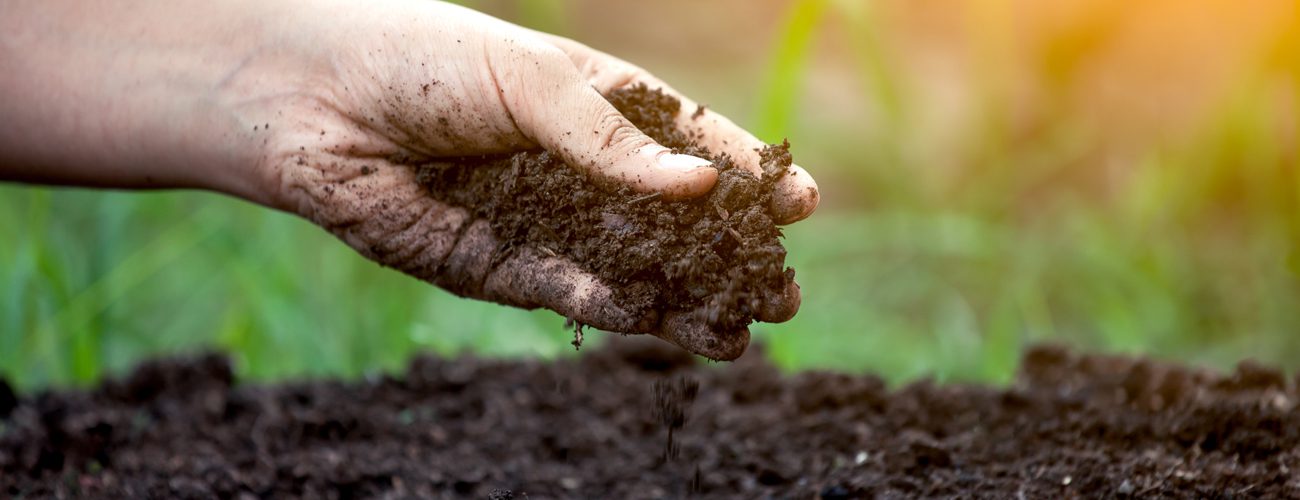
Seed:
If your lawn is looking thin or patchy, now is the time to overseed. Be sure to use a high-quality grass seed that is appropriate for your region. Once you’ve seeded your lawn, you’ll want to re-fertilize it to help the new grass grow as well as make sure it is being properly watered.
Summer (June, July, August)
Where Spring lawn care is more about preparation, summer lawn maintenance schedules are focused on maintenance.
Keep Up with the Weeds:
Weeds are more likely to germinate in the summer, so it’s important to keep up with them. There are a few ways to tackle common weeds, such as dandelions, crabgrass, and clover. You can either pull them by hand, use a weed whacker, or apply an herbicide.

Water Early:
One of the most important aspects of summer lawn care is watering. It’s important to water your lawn early in the morning so that the sun can dry the water off and prevent your grass from getting too wet. Wet grass is more susceptible to diseases, such as fungal growth.
Don’t Mow Too Low:
When you mow your lawn, be sure not to cut the grass too low. This can actually damage your grass and make it more susceptible to diseases. The general rule of thumb is to never remove more than one-third of the grass blade.
Treat for Grubs:
If you notice your lawn is starting to brown in patches, it could be a sign of grub damage. Grubs are small, white insects that live in the soil and feed on the roots of the grass and if left untreated, they can kill your lawn.
If you suspect you may have grubs, experts suggest digging up a square foot section of sod to be inspected. Less than 10 found? Great, you shouldn’t have a problem. More than 10? You may want to consider treating the issues before it gets worse. Grubs can be treated with either a chemical insecticide or with organic material such as milky spores. It is important to note that the organic method will take longer to deal with the grubs, so you will want to base your decision on how bad the situation is.
Late Summer Aeration:
Though most people only think of aerating in the spring, it may be beneficial to your lawn to also aerate in the late summer. Late summer aeration can help loosen up compact soil which is a result of more foot traffic during the warmer months.
Fall (September, October)
As the summer winds down and the temperature starts to drop, your lawn care routine should start to change as well. Lawn care schedules will vary depending on where you live and can look completely different based on area. An Ontario lawn care schedule is going to look quite different than a Victoria, BC schedule, however, this is a general overview of what your lawn may need in the fall.
Fertilize:
Fertilizing in the fall is important because it helps your grass to store nutrients over the winter months. Be sure to use a fertilizer that is high in phosphorus, as this will help your grass to develop a strong root system.
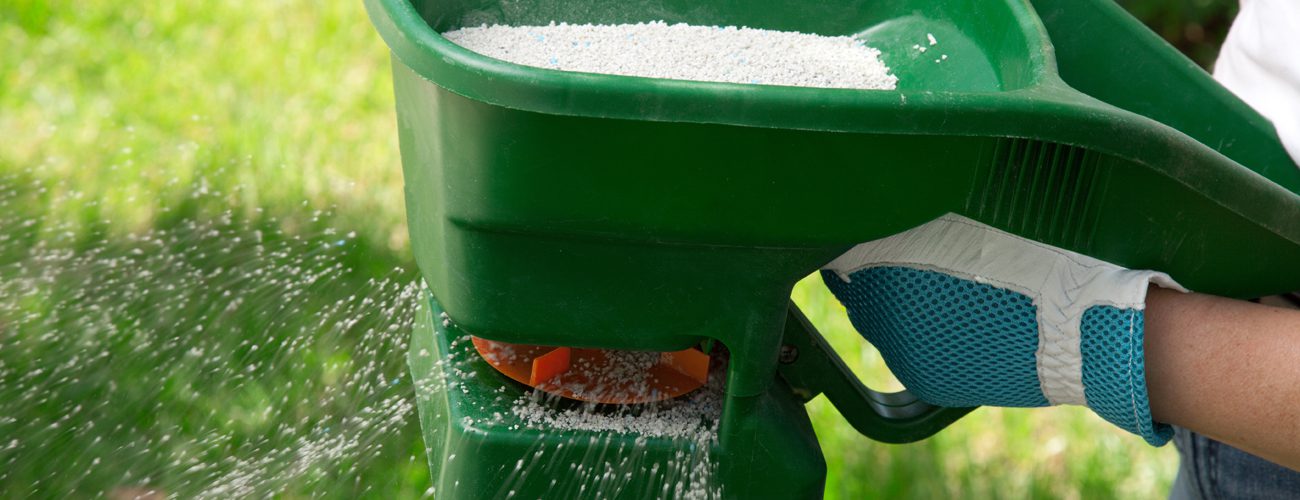
Overseed:
Overseeding in the fall can help to improve the density of your lawn. This is especially important if you live in an area with a lot of foot traffic, as it will aid in preventing bare spots from forming.
Cut Short:
In preparation for the winter months, you’ll want to cut your grass shorter than you normally would as longer grass is more susceptible to damage from the cold weather such as snow mold. In climates where winters are warmer, shorter grass makes fallen leaves less likely to matt down.
Winter (November, December, January, February)
When it comes to lawn care, winter is generally a time to just sit back and relax as grass generally lies dormant. However, there are still a few things you can do to help your lawn recover from the winter and prepare it for the spring.
Melt Ice Carefully:
If you live in an area where it snows, be careful when removing the snow and ice from your lawn. Sharp tools can damage the grass, and using salt can actually kill the grass. If you must use salt, experts suggest using a product that is 50% salt and 50% sand, or an ice melter that is specifically designed for use on lawns.
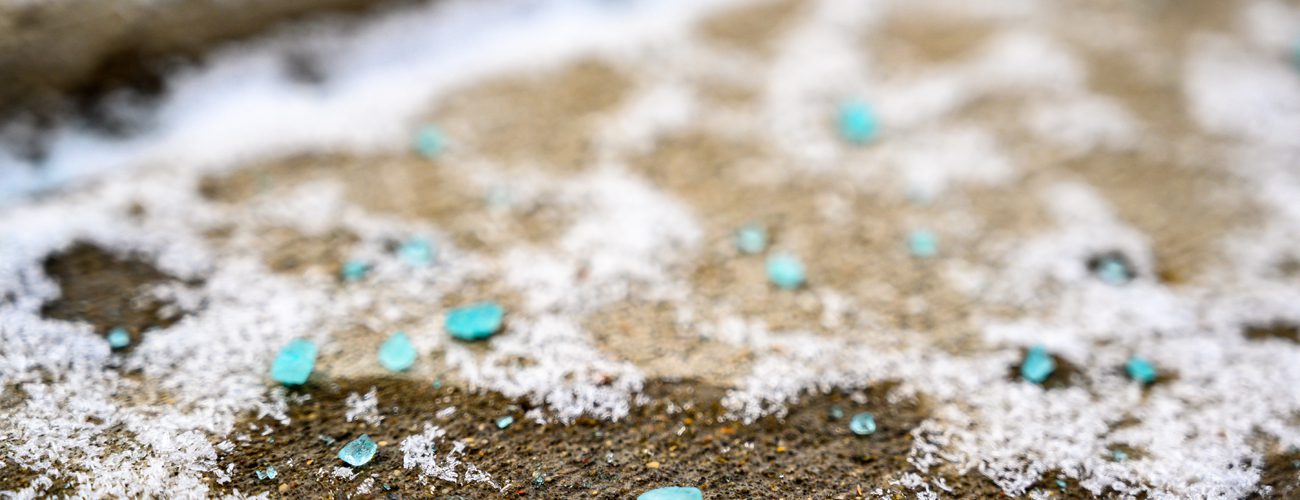
Reduce Foot Traffic:
Your grass is vulnerable during its dormant stage, and constant foot traffic, the storing of heavy objects, or parking on the lawn can not only compact soil but also kill your lawn.
The lawn care schedule outlined in this article will help your grass to stay healthy and lush all year round. Be sure to follow the tips specific to your area, as they will vary depending on climate and geography.
Though lawn care can feel like an overwhelming task, following a schedule will help to keep you on track and ensure that your lawn is getting the care it needs. With a little bit of effort, you’ll be able to enjoy a beautiful lawn all year long. If you are struggling to keep up with your lawn’s watering needs, reach out to the experts at Blue Jay Irrigation to find out how an automated irrigation system can help.

